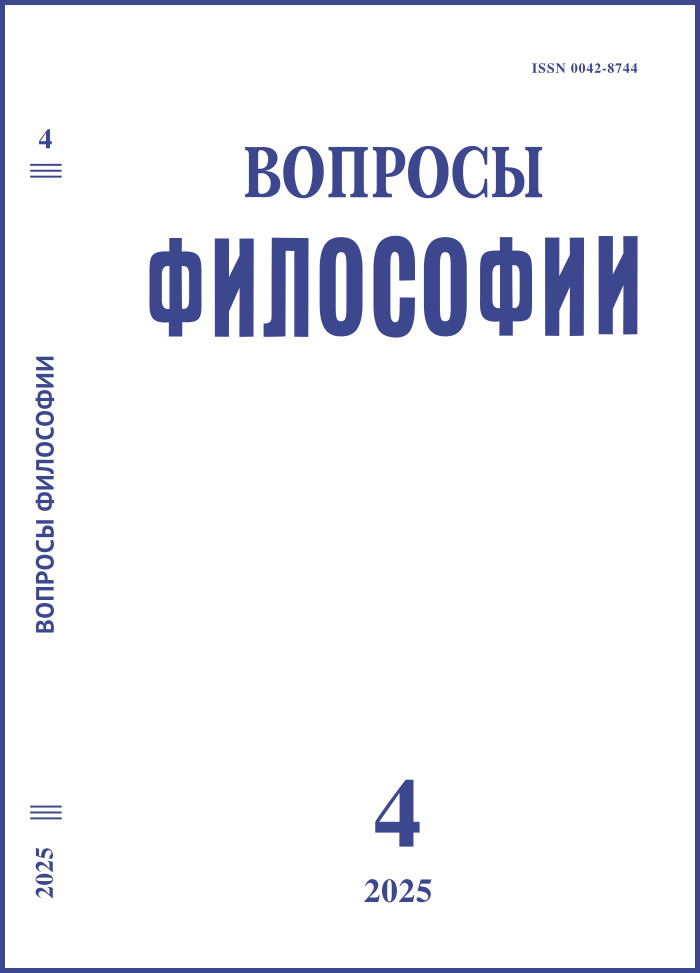Jean Paul. Two Apologiae of Theism in the Context of the Epoch Challenges. Jean Paul, Ernsthafter Zwischenakt des todten Shakespearʼs Klage unter todten Zuhörern in der Kirche, daß kein Got sei Rede des todten. Christus vom Weltgebäude herab, daß kein Gott sei, Transl. by Zolotukhin, Vsevolod V.
DOI:
https://doi.org/10.21146/0042-8744-2025-4-80-93Keywords:
Jean Paul, F.H. Jacobi, God, philosophy of religion, atheism, pantheism, naturalism, German idealismAbstract
This paper focuses on how Jean Paul (Johann Paul Friedrich Richter, 1763–1825), an author immediately preceding Romanticism, engages in a critique of Spinozism and Kantian philosophy of religion from a sentimentalist-theistic position. As a predominantly literary author, Jean Paul carries out this criticism in an artistic form, namely, in the form of two substantively and lexically similar texts (see their translation into Russian in the appendix to this article), devoted to the experience of an agonizing despair, which Jean Paul believes must follow the abandonment of faith in a personal God. These are: (1) ‘Intermission in earnest. Lament of the Dead Shakespeare to His Dead Hearers in the Church That There Is No God’ (1789) and (2) ‘Speech of the Dead Christ from the Universe that There Is No God’ (1795). The latter is included into the novel Siebenkäs. Defending religious feeling, Jean Paul follows F.H. Jacobi’s views. The texts reflect Jean Paul’s deep dissatisfaction by empirical-mechanistic worldview: even though it is formally idealistic, but being non-theistic (which were, for all their differences, Spinozian and Kantian philosophies), it provides no place for personal religiosity. The both above mentioned texts of Jean Paul may be classified as documents of a wide-ranging dispute between theists and ‘pantheists’ in the German-speaking tradition for almost a century: from Jacobi to Fichte the Jr. and respectively from Moses Mendelssohn to Eduard von Hartmann. The paper traces the background of this controversy from Spinoza to the ‘Pantheism controversy’, of which Jacobi is the protagonist. The origin of a number of elements of Jean Paul’s imagery is also explained.

